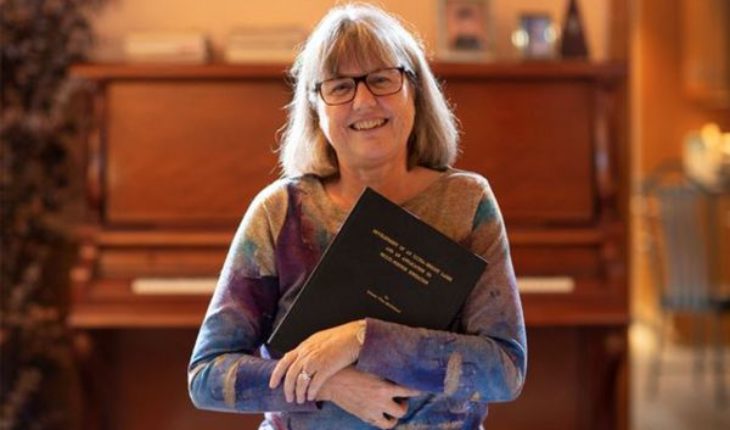photography / Internet Sweden.-El Nobel de Física 2018 was awarded to three scientists who work with “tools of light” and which revolutionized the studies on laser beams, between the Award-winning, is a woman. Thus the Academy of Sciences of Sweden reported it.
According to BBC, Donna Strickland, scientific Canadian, became the first woman to win the Nobel Prize in Physics in 55 years, and the third to receive it in the history of the Nobel.
Strickland won the Prize jointly with the French physicist Gerard Mourou by “its method to generate short and intense laser pulses created by humanity”.
Last Physics Nobel awarded to a woman, was in 1963, when recognition was for the American scientist, born in Germany, Maria Goeppert-Mayer, was awarded for his discoveries about the nucleus of atoms.
Marie Curie shared in 1903 the Nobel Prize in physics with his spouse Pierre Curie and Antoine Henri Becquerel for their research on radioactivity.
American scientist Arthur Ashkin, is the third winner of Nobel physics of the latest edition. He was recognized by the development of “optical tweezers” and its application to biological systems. Ashkin, 96 years, is the older person to win a Nobel.
“Awarded this year inventions revolutionized physics of lasers”, said the Academy announcing the award that carries nine million kronor, approximately one million dollars compensation.
In relation to the moment they learned that he would be the recipient of the Nobel Prize in physics, Strickland said: “the first thing I thought is that this is something totally crazy. And you always wonder if it was real.”
Donna Strickland was born in 1959 in Guelph, Canada. She studied physics at McMaster University in Canada and obtained his doctorate in optics at the University of Rochester in the United States. From 1991 to 1992 he worked in the division of the Lawrence Livermore National Laboratory in California laser.
In 1997 the scientist joined the Physics Department of the University of Waterloo in Canada, where continues to investigate techniques of laser ultra-fast, short and high intensity.
Strickland recalled that on his first visit to a laser research laboratory he thought that “colors resembled a Christmas tree”.
“A part of me was always fascinated with the possibility of playing with colorful laser”, said physics, according to the website of the University of Waterloo.
Another part of Strickland is the determination to create the most intense laser possible.
“To achieve a short pulse, you need many colors,” said Strickland.
And when scientific uses the term “short” speaks of femtoseconds (milbillonesima part of a second): “the time that takes you to the light travel one distance smaller than a human hair”.
Read the full story here.
Information: BBC
translated from Spanish: She is the third woman in history to win the Nobel Prize in physics
October 2, 2018 |





